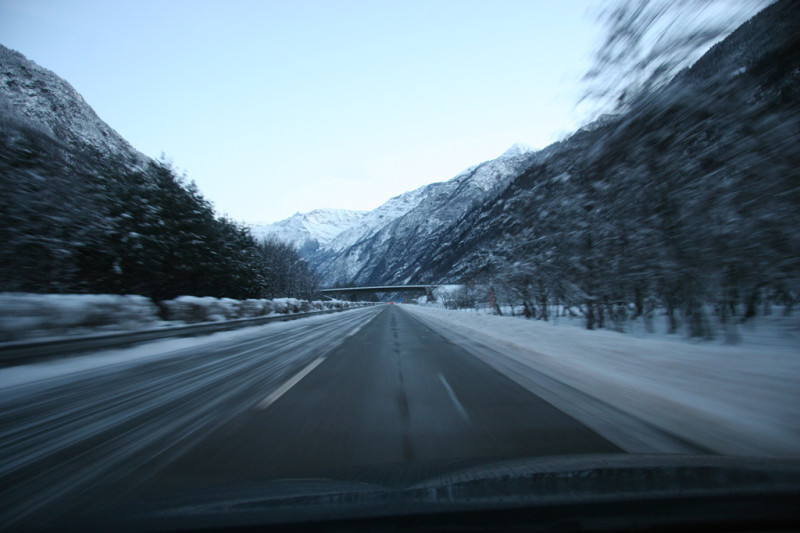Road trips through Europe are a perfect way to really experience another country, and self-driven holidays are becoming increasingly popular. A survey conducted by the AA found that 11% of members were planning to take their own car on holiday, and even more people rent a car when they are on holiday. There are plenty of guides out there about what to watch out for when driving in Europe – like this one from Hertz. Here are the main points that you need to be aware of when driving on the continent:
Like Britain, European countries constantly update laws and travel regulations, so if you are planning to drive abroad then it’s a good idea to keep a check on the government website that contains up to date travel information for European countries.
As well as different laws, certain countries require you to carry specific kit which you wouldn’t necessarily need to drive legally in the UK. For example, in France you need to carry the results of a breathalyser signed by the police, as well as a red warning triangle in case of a breakdown. In Spain, drivers are required to bring two. Be aware that you will be driving on the other side of the road – don’t make the mistake of trying to go the British way around a roundabout.
It is recommended to carry a photographic ID – it can make any discussions with the law a lot easier, and in Portugal it is a legal requirement to carry photo ID at all times.
You will also need to update your breakdown cover, and also speak to your insurer to make sure that you are covered to drive abroad. Travel insurance is also a must, in case there is an accident and you need medical treatment.
Some countries have a lot of toll roads – most highways in Portugal require a toll, so make sure that you have plenty of small change. If you are driving an older car which does not have the European Union GB sign on it, then you will need a GB sticker.
European countries usually have tougher rules regarding drink driving, and Spain operates a zero-tolerance policy. Fines are often much higher than in the UK, so obey any restrictions. Many people have a little trouble adjusting to using km/h rather than m/h, so make sure that you are reading the right numbers on your speedometer. Road signs throughout Europe are largely standardised, which is useful for British drivers. You can find more useful information about driving on the continent, and how to familiarise yourself with driving on the right, here.

